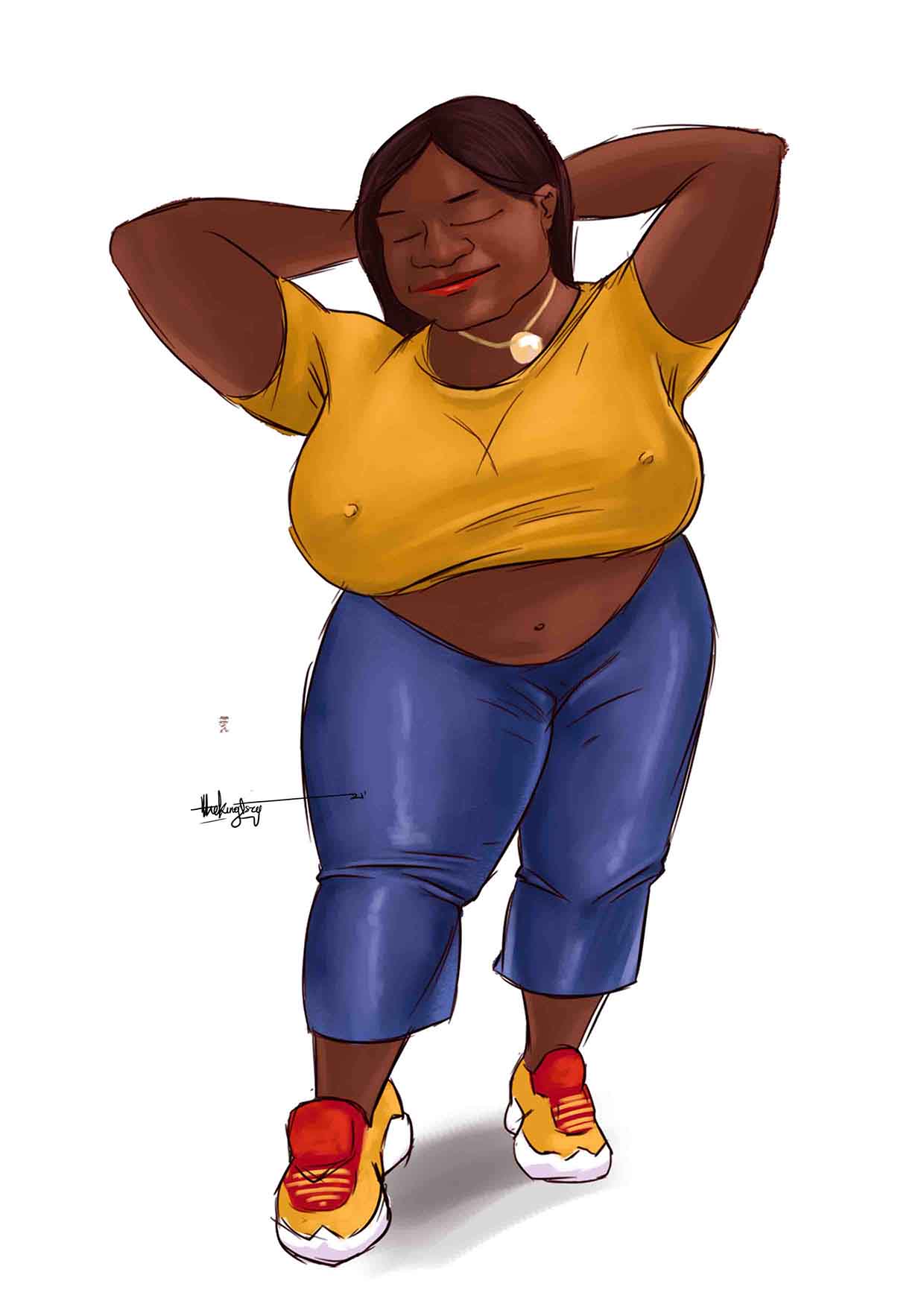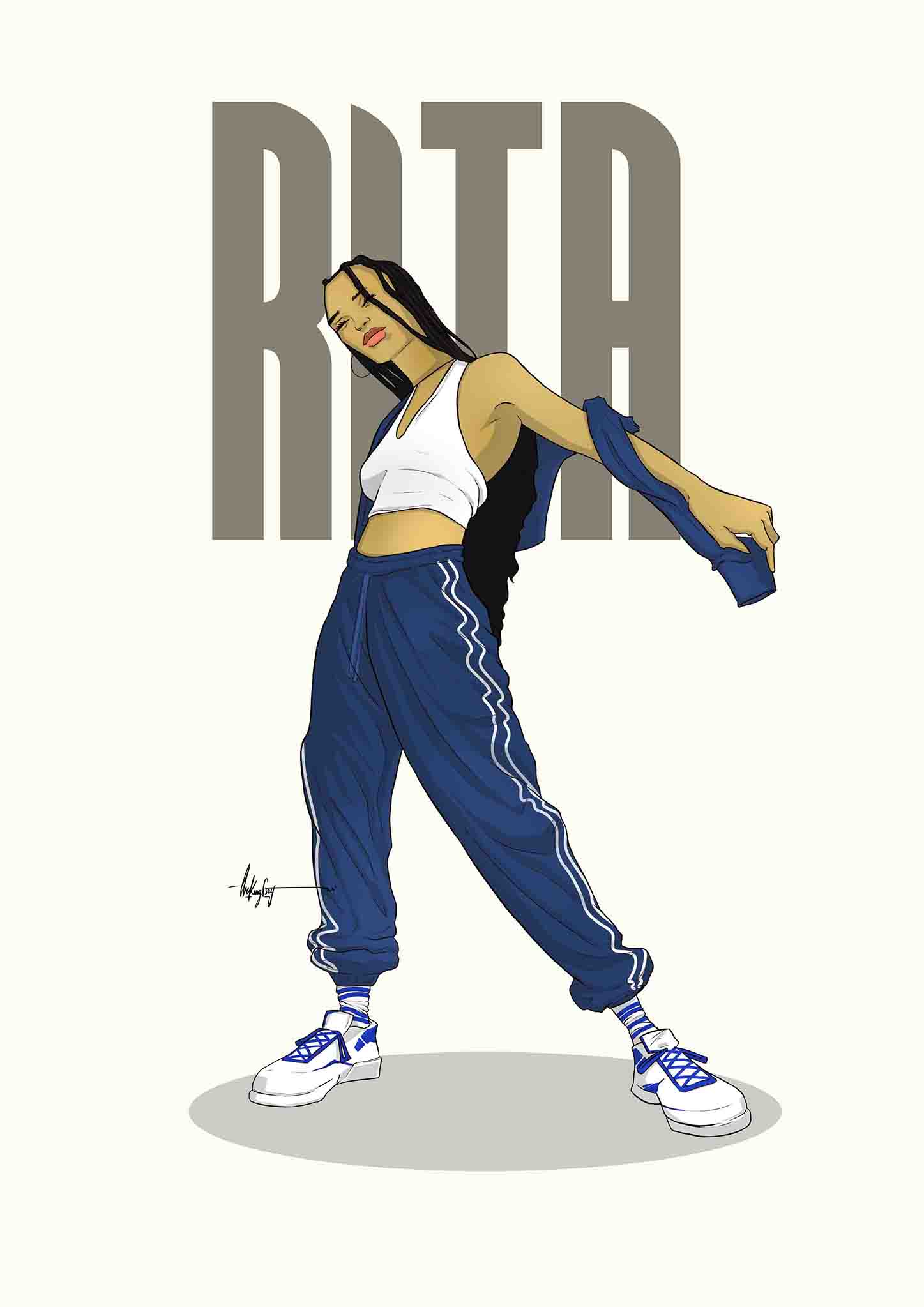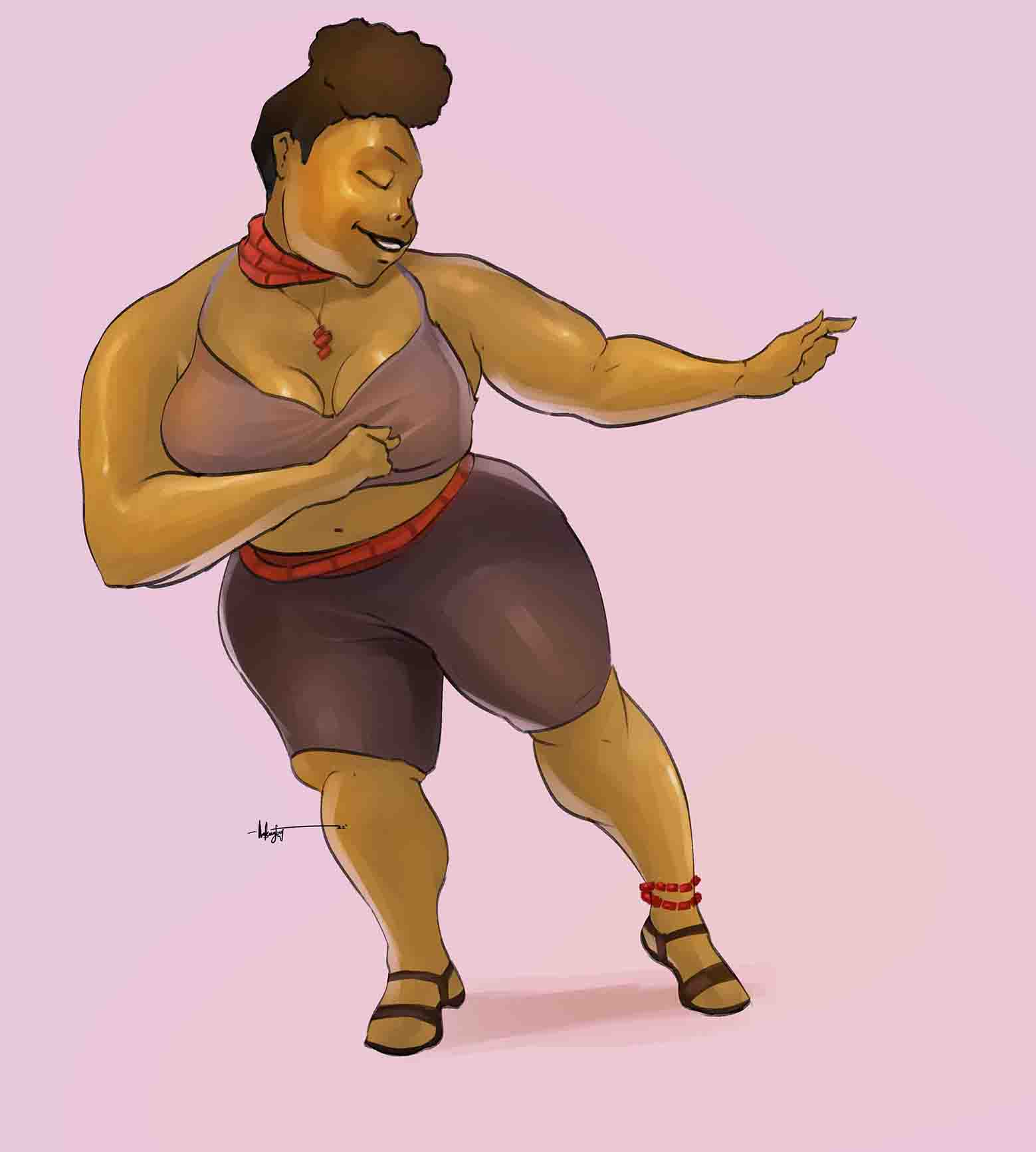CHARACTER DESIGN
“Art doesn’t have to be pretty. It has to be meaningful.” -Duane Hanson

RUFUS “The bone”
Rufus the bone is a character created with so much uniqueness, emotions, and dramatic conceptualization. He is a warrior from a troll clan. He was created for a fantasy illustration. He has so much unique abilities but most importantly, he can see your thoughts.
Character design is the process of creating visually distinct and appealing characters for use in various forms of media such as animation, comic books, video games, and films. It entails several important elements, including:
Conceptualization: Character design starts with the conceptualization of a character’s personality, background, and physical appearance. This includes defining the character’s motivations, abilities, and overall demeanour.
Visual representation: Character design involves creating a visual representation of the character that accurately reflects their personality, background, and abilities. This includes defining the character’s physical appearance, clothing, and any props or accessories they may use.
Uniqueness: Character design should result in a unique and visually appealing character that stands out from other characters in the same media. This involves the use of color, shape, and line to create a distinctive appearance.
Consistency: Character design should be consistent in terms of the character’s appearance, abilities, and personality. This helps to maintain the integrity of the character and ensure that they are recognizable to audiences.
Emotion and expression: Character design should also take into account the character’s emotions and expressions. The character’s appearance should change based on their emotions and convey their feelings and thoughts to the audience.
Adaptability: Character design should be adaptable to different forms of media, such as animation, comic books, video games, and films. This allows the character to be used in different contexts and helps to increase their appeal to audiences.













